The attention to detail is indeed very careful, each element is treated with great realism and we note in particular the work of the hands, the epaulettes and the gaze.
The portrait is painted on an oval frame framed on a red velvet background in a rectangular gilded wooden frame.
The military portrait is a particular genre that appeared in the 16th century and developed in the 18th and 19th centuries. This type of representation combines portrait painting and history painting.
The portrait is a genre present since Antiquity and an attribute of power for great men, it is a question of showing the power of the sponsor but also his personality.
The portraitist most often creates a work on commission, representing the notable in all his glory. Portrait paintings initially celebrate the powerful but, over time, the bourgeoisie gains access to this art and regularly has their portraits painted.
Willem Geets (1838-1919) was an artist born and died in Mechelen, Belgium. A student at the Academy of Mechelen and the Academy of Antwerp, he continued his studies with Nicaise De Keyser in particular. He was appointed director of the Academy of Mechelen.
In 1877 he won a medal in Ghent and in 1893, an honourable mention in Paris.
In addition to his paintings, Geets made tapestry cartoons for the Braquenié factory, including those for the tapestries of the corporations in the Gothic room of the Brussels City Hall (these cartoons, for which members of the Braquenié family posed, are exhibited in the large room of the Museum of Art and History in Brussels) and those for the tapestries of the Senate in Brussels.
Oval painting alone:
Height 76 cm
Width 59 cm
Depth 4 cm






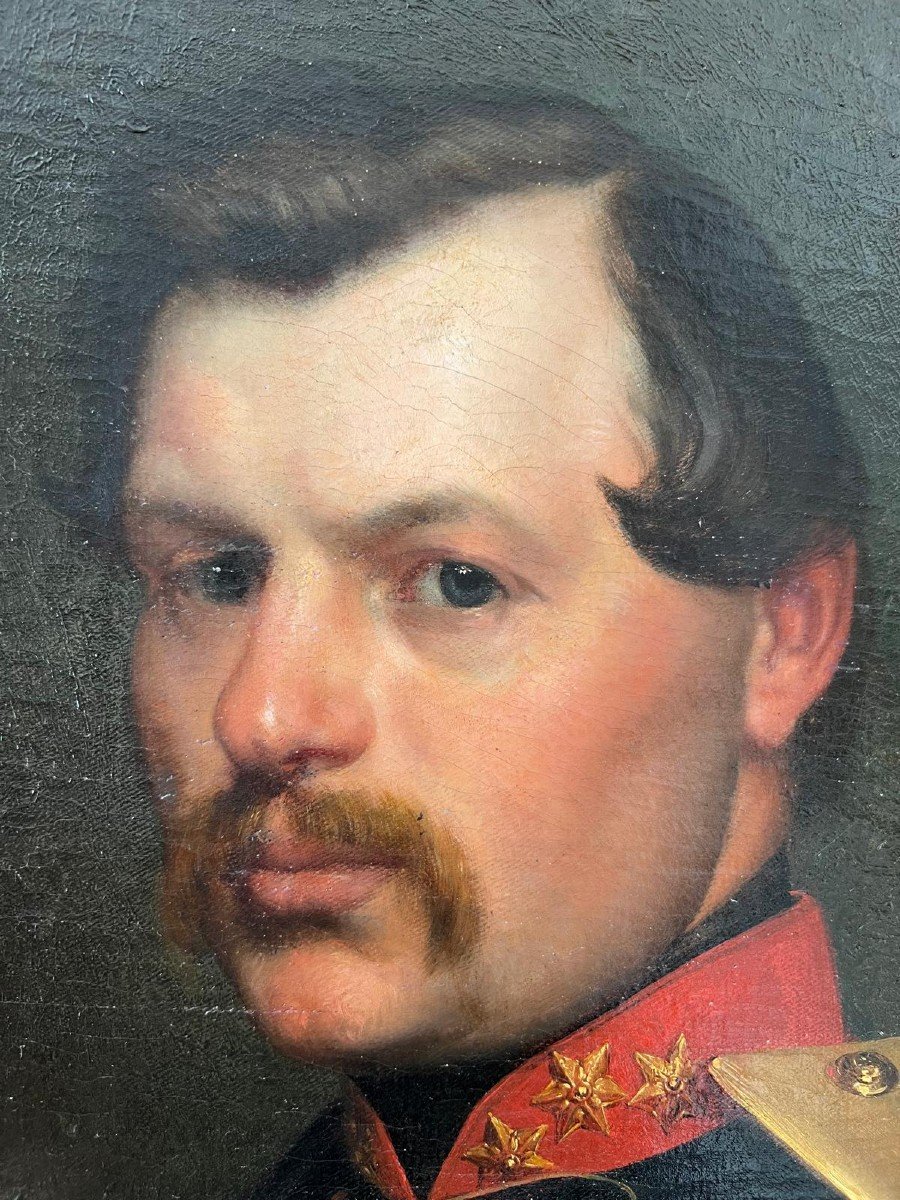


















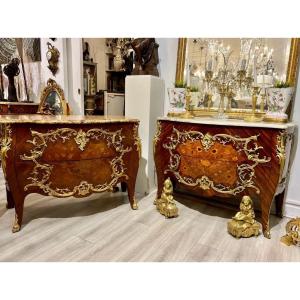

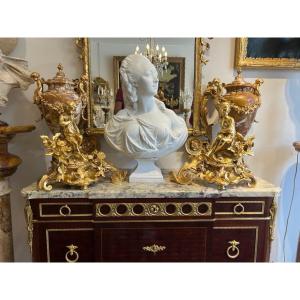
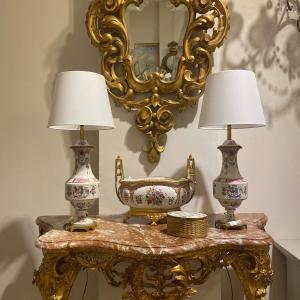
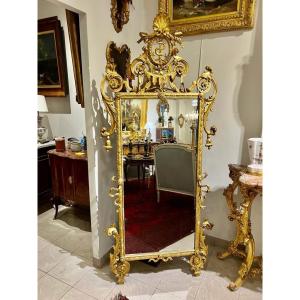

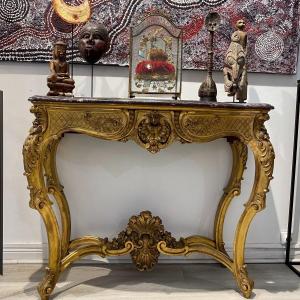
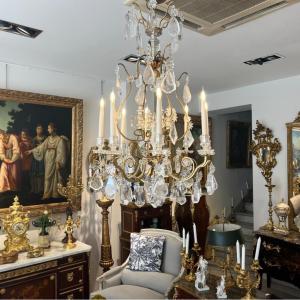
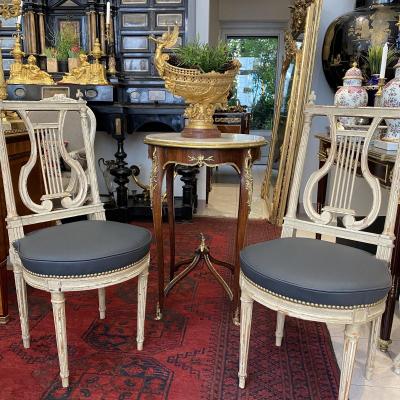

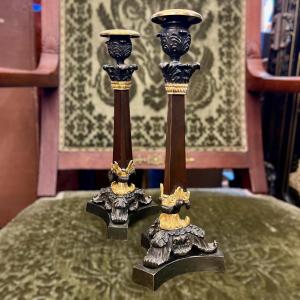







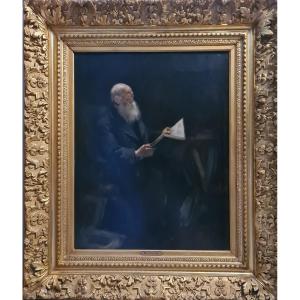




 Le Magazine de PROANTIC
Le Magazine de PROANTIC TRÉSORS Magazine
TRÉSORS Magazine Rivista Artiquariato
Rivista Artiquariato